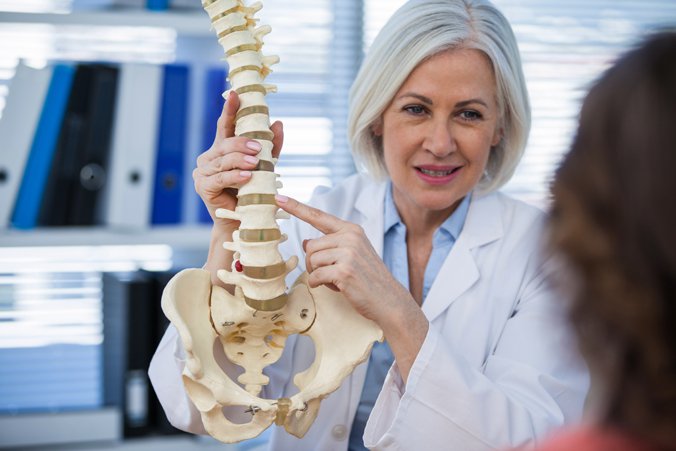Obesity, smoking, physical workload increase risk for lower back pain

Lifestyle factors, such as smoking and obesity, as well as strenuous physical work increase the risk for lower back pain and lumbar radicular pain, according to findings published in Arthritis Care & Research.
In addition, the researchers noted that leisure-time walking and cycling may help prevent lower back pain.
“Based on previous observational studies, the effect of leisure-time physical activity on low back pain is still unclear,” Rahman Shiri, MD, PhD, of the Finnish Institute of Occupational Health, told Healio Rheumatology. “Previous observational studies reported inconsistent results. Furthermore, few studies explored the effect of walking or cycling to work on low back pain. Further, it is unknown whether obesity and exposure to workload factors modify the effect of leisure-time physical activity on low back pain.”

To determine the risk factors for lower back pain and lumbar radicular pain, and to evaluate if obesity and work impact the effect of leisure-time physical activity on such pain, the researchers conducted a longitudinal study using a pair of Finnish population-based surveys — the Health 2000 Survey and the Health 2011 Survey. The first of the two surveys stretched from 2000 to 2001, and collected health, work and lifestyle data on 7,977 adults aged 30 years and older through questionnaires, home interview, clinical examination and laboratory and functional capacity tests.
The Health 2011 Survey acted as an 11-year follow-up, in which 3,756 of the original 7,977 answered questions regarding lower back pain. After excluding 251 patients with diagnosed chronic back syndrome or probable sciatica at baseline, a total of 3,505 were included in the researchers’ final analysis. Outcomes included lower back pain and lumbar radicular pain for more than 7 days, or 30 or more days, in the past 12 months at followup.
According to the researchers, lower back pain and lumbar radicular pain were more prominent among women than in men. However, although lower back pain slightly declined with increasing age, lumbar radicular pain increased with age. Abdominal obesity increased the risk for lower back pain (OR =1.4 [95% CI, 1.161.68] for lower back pain more than 7 days; OR = 1.41 [95% CI, 1.131.76] for more than 30 days), whereas general, BMI-based obesity increased the risk for lumbar radicular pain (OR = 1.44 [95% CI, 1.121.85] for pain for more than 7 days; OR = 1.62 [95% CI, 1.162.26] for more than 30 days).
Both smoking and strenuous physical work increased the risk for lower back pain and lumbar radicular pain, while walking or cycling to work reduced the risk of lower back pain. The largest risk reductions occurred among nonabdominally obese participants, as well as those who lacked exposure to a physical workload. Lastly, the use of vibrating tools increased the risk of lumbar radicular pain.
“Obesity increases the risk of low back pain, whereas walking and cycling to work reduce the risk of low back pain, particularly chronic low back pain,” Shiri said. “The largest protective effects of walking or cycling to work against low back pain are seen in non-obese individuals and in those who are not exposed to physical workloads. Walking and cycling to work are regular low-level physical activities that do not strain the lower back. Walking and cycling can be recommended for the prevention of low back pain in the general population.” – by Jason Laday
Disclosure: Shiri reports no relevant financial disclosures. Please see the study for all other authors’ relevant financial disclosures.

